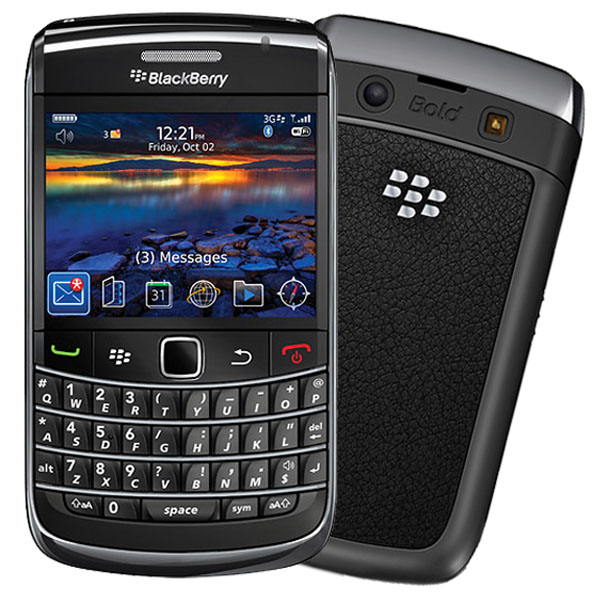1. Parallel Advanced Technology Attachment (PATA):
These types of drives are also known as Integrated Drive Electronics (IDE) and Enhance Integrated Drive Electronics (EIDE) drives. The labels relate to the type of interface that is employed to connect the disk drive to the CPU board. These drives utilize either a 40 or a 80 wire cable with a broad 40-pin connector. 40 wire cables are utilized in older and slower hard disks, whereas 80 wire cables are used in faster ones. Nowadays, these types of hard disks are being substituted by SATA hard disks. EIDE hard drives were introduced after some advancements in IDE hard disks, however, the term IDE refers to both IDE and EIDE disk drives.
2. Serial ATA (SATA):
These hard disks use a totally different connector than their PATA counterparts. Moreover, they also employ a different power adapter than IDE ones, though adapters are easily attainable. The main difference between a SATA and a PATA hard disk is that the former is thinner and purportedly have a faster data interface than the latter. Nevertheless, this speed dissimilarity is not distinguishable in PATA and SATA drives which have the same rpm rating. SATA drives are more efficient, and use less power than PATA ones.
3. Small Computer System Interface (SCSI):
These hard disks are similar to IDE hard drives. They also spin at a higher rate in comparison to IDE and SATA ones. IDE and SATA drives generally spin at 7,200 rpm, whereas SCSI ones spin at 10,000 to 15,000 rpm. Today, SATA drives featuring a speed of 10,000 rpm are also manufactured. The higher the rpm, faster is the data access, but it may also lead to a faster breakdown. SCSI hard disks need a controller that operates the interface between the drives and the computer motherboard.
4. Solid State Drives (SSD):
These hard disks, unlike the other types, don't consist of moving components. Typical hard drives comprise of a spinning magnetic disk that performs the function of data storage, but SSDs use semiconductors for this purpose. Since there are no moving components, these hard disks are much faster and less likely to break down than other drives. However, their price is a bit more than other hard disks. These are some hard drive types that are generally incorporated in desktop computers and laptops. I hope this article would have helped you with different types ofhard drives.












1 Comments
Acer - 15.6" Aspire Notebook - 4 GB Memory - 500 GB Hard Drive (E1-531-10004)
Acer - 15.6" Aspire Notebook - 6 GB Memory - 750 GB Hard Drive (V5-571-323)
Be the first to comment!
Don't just read and walk away, Your Feedback Is Always Appreciated. I will always reply to your queries.
Regards:
Noble J Ozogbuda
Back To Home